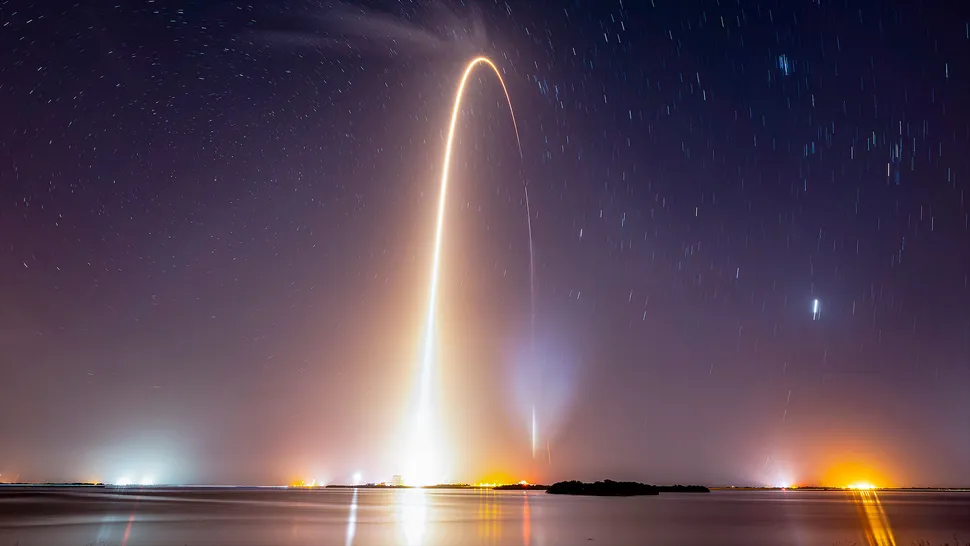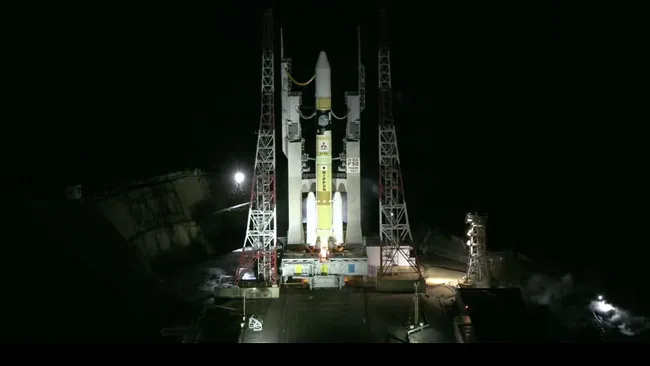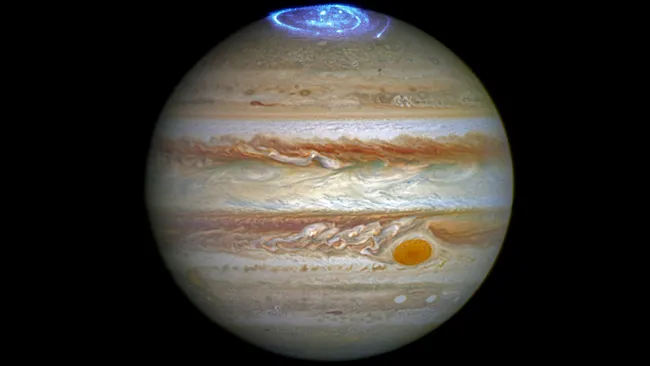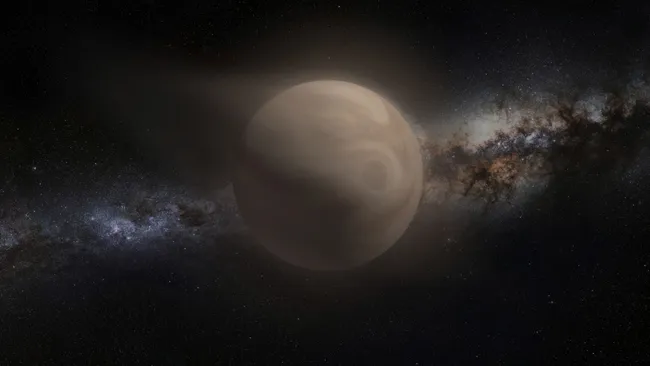SpaceX launched 28 new Starlink satellites into low Earth orbit early Saturday morning (July 26) from Cape Canaveral, Florida, kicking off the first of two planned missions on the same day.
At exactly 5:01 a.m. EDT (0901 GMT), a Falcon 9 rocket soared from Space Launch Complex 40 (SLC-40), with the upper stage achieving a preliminary orbit just nine minutes after liftoff. According to SpaceX via X (formerly Twitter), “Deployment of 28 Starlink satellites confirmed.”
[Video]
This particular launch marks the 22nd flight of the Falcon 9’s B1078 booster, which flawlessly executed a controlled landing on the droneship “A Shortfall of Gravitas” stationed in the Atlantic Ocean. This rapid recovery is part of SpaceX’s ongoing goal to make spaceflight more reusable and cost-efficient.
Later that day, a second Starlink launch was scheduled from Vandenberg Space Force Base in California at 8:55 p.m. PDT (0355 GMT, July 27), aiming to deliver 24 more satellites into orbit.
This weekend’s missions come just two days after a major 2.5-hour global outage disrupted Starlink services worldwide. SpaceX later identified the problem as a “failure of key internal software services” affecting their core network infrastructure. A company update later confirmed that services were fully restored, stating, “We understand how important connectivity is and apologize for the disruption.”
With this successful deployment, the active number of Starlink satellites in orbit has now surpassed 8,000. SpaceX is licensed to operate up to 12,000 units, with plans to increase that number as global internet demand grows.







